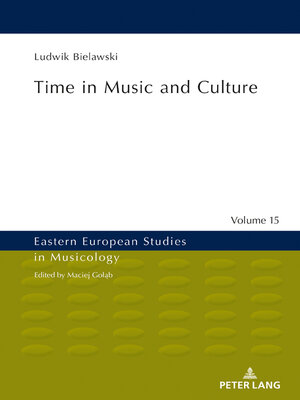
Sign up to save your library
With an OverDrive account, you can save your favorite libraries for at-a-glance information about availability. Find out more about OverDrive accounts.
Find this title in Libby, the library reading app by OverDrive.



Search for a digital library with this title
Title found at these libraries:
| Library Name | Distance |
|---|---|
| Loading... |
From Aristotle to Heidegger, philosophers distinguished two orders of time, before, after and past, present, future, presenting them in a wide range of interpretations. It was only around the turn of the 1970s that two theories of time which deliberately went beyond that tradition, enhancing our notional apparatus, were produced independently of one another. The nature philosopher Julius T. Fraser, founder of the interdisciplinary International Society for the Study of Time, distinguished temporal levels in the evolution of the Cosmos and the structure of the human mind: atemporality, prototemporality, eotemporality, biotemporality and nootemporality. The author of the book distinguishes two 'dimensions' in time: the dimension of the sequence of time (syntagmatic) and the dimension of the sizes of duration or frequency (systemic). On the systemic scale, the author distinguishes, in human ways of existing and acting, a visual zone, zone of the psychological present, zone of works and performances, zone of the natural and cultural environment, zone of individual and social life and zone of history, myth and tradition. In this book, the author provides a synthesis of these theories.







